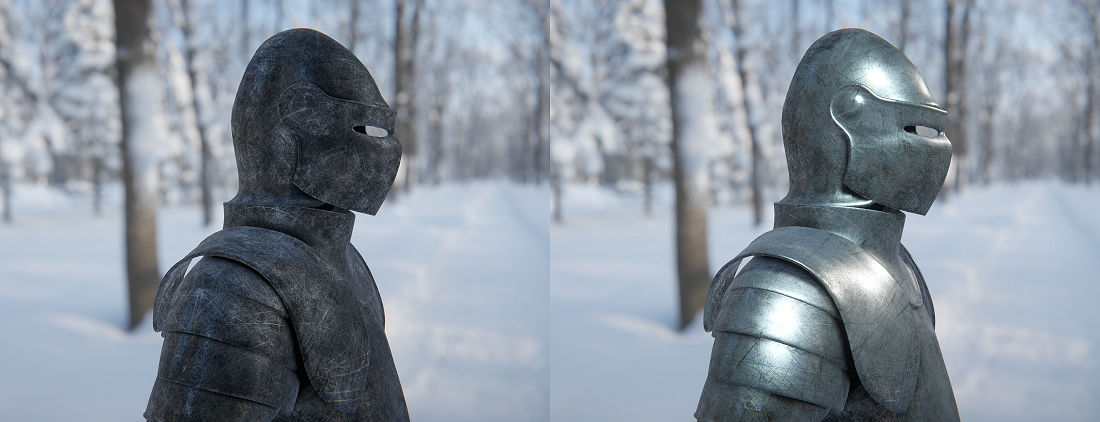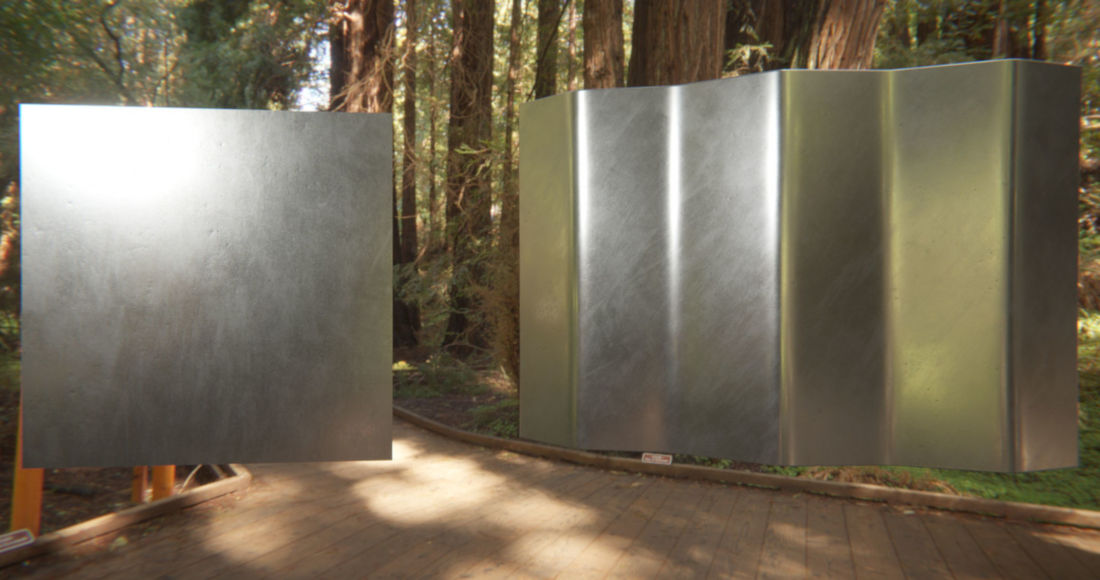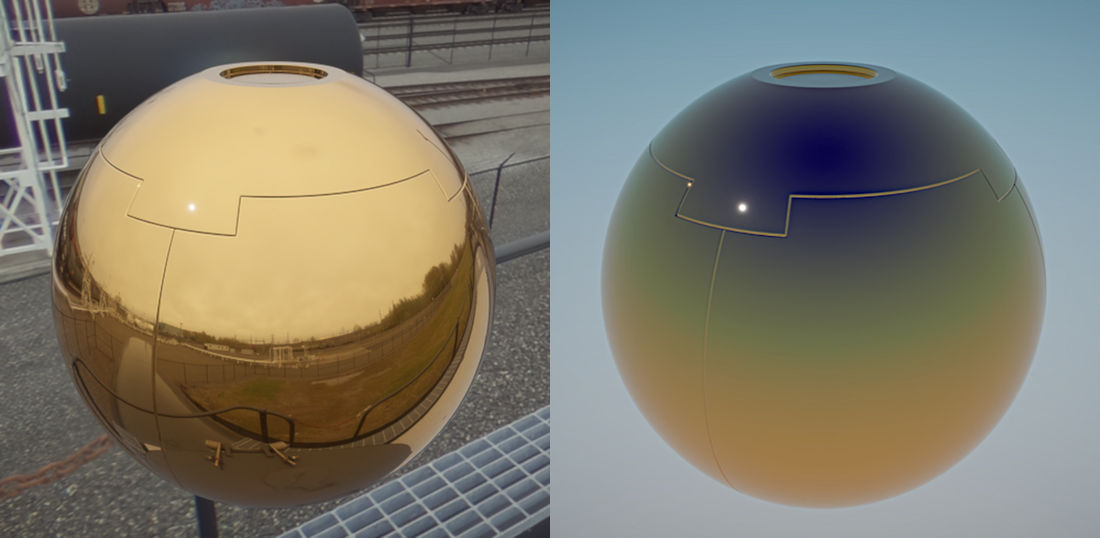Real Materials documentation [v4.0 from August 2023]
Here are some useful links:
Important notice: make sure your system disk has at least 25GB of free space when installing all 10 "Real Materials" volumes from Unity's Asset Store.
- Since two new render pipelines were added (HDRP and Universal) on top of Built-in and lack of support of separate downloads for pipeline-specific assets in Asset Store there is a potential place for a problem with free disk space. Summary all 10 volumes of "Real Materials" series have a size of 20G+ (!) because each volume contains 3 copy of assets (for HDRP, URP and Built-in rendering pipelines) and all those gigabytes are stored here:
- Fow Windows C:\Users\*your Windows user name here*\AppData\Roaming\Unity\Asset Store-5.x\
- For Mac it's here
- For Linux it's here
Each asset you ever downloaded from the Store has a copy in this folder and it's never cleaned up automatically it seems. So, if you have troubles with downloading or unpacking "Real Materials" files in Editor - delete everything from that folder, check if there are at least 25GB free disk space on system drive and try again.
Useful tips for metal materials usage:
- Rich & contrast environment reflections are the key for the good look of the metal surfaces. Example - same material, same mesh and only environment reflections are different:

- Strong highlights from light sources are needed for proper metal look&feel:

- Bare metals looks poor on large flat surfaces. Bends and other geometry details are needed to improve situation:

- Colored metals (brass, copper, gold) can't reflect blue color and become dark. Example of this with overcast sky VS default clear blue sky (on both screenshots it's same material on the same mesh):

Q: Why materials with same names for HDRP looks different from their Built-in/URP versions?
A: Since update v4.0 in August 2023 HDRP materials using my own custom shader with up to 3 texture layers and some other improvements (like rotation of UV map, imperfect triplanar UVs implementation, anti-tiling setup using distance fade, etc). This makes impossible to keep identical look with Built-in and URP materials - simply too many differences and advanced features in HDRP's materials setup and its textures.
A: Since update v4.0 in August 2023 HDRP materials using my own custom shader with up to 3 texture layers and some other improvements (like rotation of UV map, imperfect triplanar UVs implementation, anti-tiling setup using distance fade, etc). This makes impossible to keep identical look with Built-in and URP materials - simply too many differences and advanced features in HDRP's materials setup and its textures.
Q: Can I use your HDRP shader for my materials with standard "Lit" shader in my HDRP project?
A: You can try. Real Materials for HDRP comes with two custom shaders named "Real Materials core" and "Real Materials parallax" created in Shader Graph and located in "Shaders" folder.
"Real Materials parallax" has additional texture input for height map and couple of settings to control parallax, but it's using all free textures samplers (11 from 16) and parallax effect is not compatible with UV rotation or triplanar UVs so use this shader only when POM is really needed. For most of materials it will be better to use "Real Materials core" shader - one free texture sampler in it just in case.
Backup your project a couple of times and switch your materials on "Real Materials core" shader - most texture slots will be translated without issues (MaskMap works fine in "Metalness map" slot and smoothness also in it's alpha so it can be used too), but there is no DetalMap in "Real Materials core" shader so it will be discarded. After switching it's time to tweak and experiment, using simplest cases (one layer setup) and slowly building up new layers and features.
A: You can try. Real Materials for HDRP comes with two custom shaders named "Real Materials core" and "Real Materials parallax" created in Shader Graph and located in "Shaders" folder.
"Real Materials parallax" has additional texture input for height map and couple of settings to control parallax, but it's using all free textures samplers (11 from 16) and parallax effect is not compatible with UV rotation or triplanar UVs so use this shader only when POM is really needed. For most of materials it will be better to use "Real Materials core" shader - one free texture sampler in it just in case.
Backup your project a couple of times and switch your materials on "Real Materials core" shader - most texture slots will be translated without issues (MaskMap works fine in "Metalness map" slot and smoothness also in it's alpha so it can be used too), but there is no DetalMap in "Real Materials core" shader so it will be discarded. After switching it's time to tweak and experiment, using simplest cases (one layer setup) and slowly building up new layers and features.
Minimal supported Unity version for "Real Materials" series is:
- For "Real Materials vol. 0....10", Complete and all Lite packages it's 2021 LTS.
- For individual materials on Asset Store it's 2022 LTS (sorry for that, it's way too time consuming to support 3x rendering pipelines and more that one Unity version).